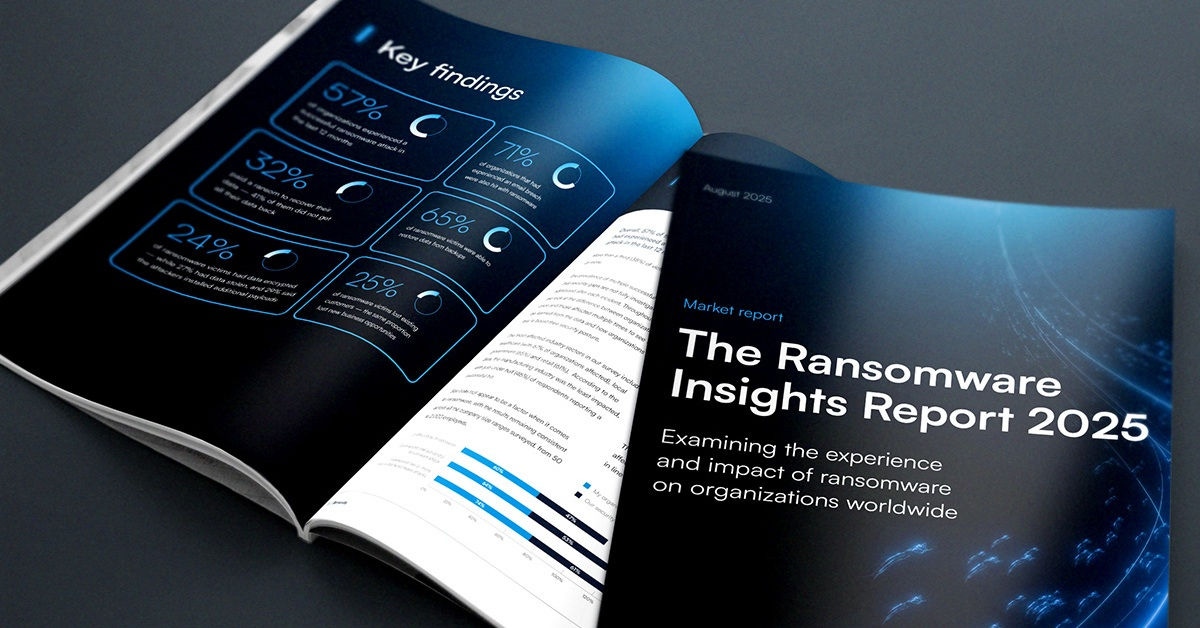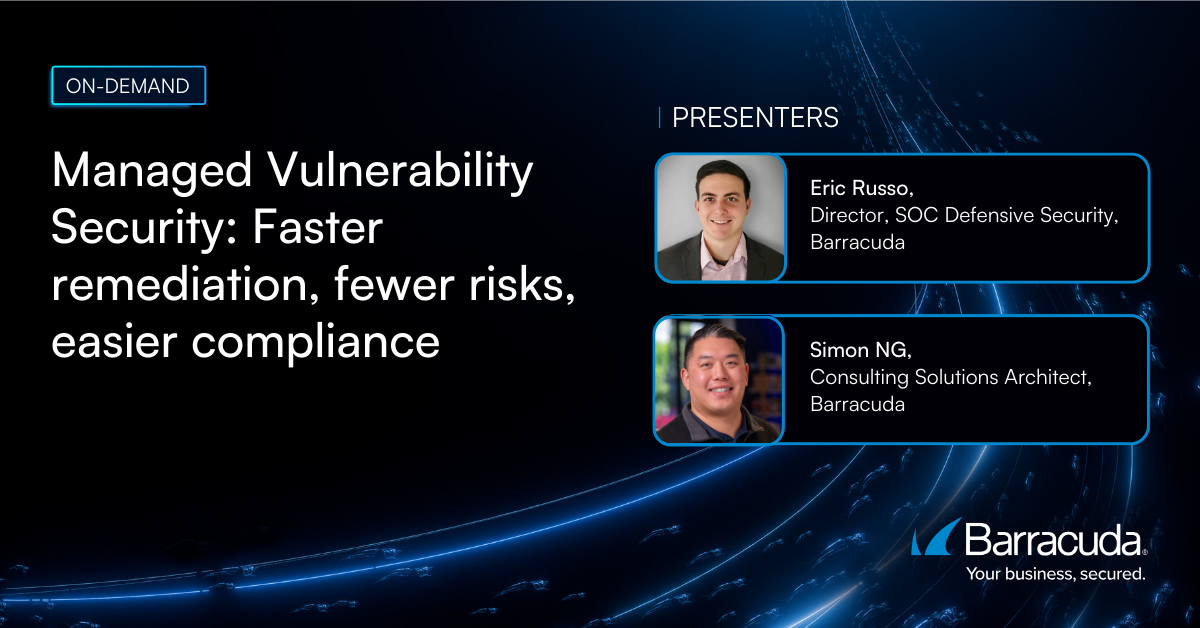
Devices, computing, security. It’s all about the edge.
We have a ton of content about SASE and Barracuda SecureEdge. We’ll include those links at the end of the article.
Nearly every economic sector and industry incorporates edge devices, edge computing, and edge security. The three are distinct but integral parts of a cohesive system in modern distributed computer networks. To better understand this system, let’s break down each of the parts.
Edge devices
You can think of edge devices as an entry point into a network or a system. Twenty years ago, they were usually things like main firewalls that secured the perimeter of a business network. The perimeter was ‘the edge’ because most networks followed the castle-and-moat security model.

Castle with fortified walls and a single point of entry, surrounded by moat
The castle-and-moat model uses a strong perimeter defense with a single point of entry into the network. All the company resources are behind the firewall. This model was effective at preventing intrusion through the perimeter, but it left some attack vectors exposed. With the security focused on the perimeter, IT teams often had fewer resources for internal security. Network segmentation and least-privilege access have always been best practices, but they were an absolute must in the castle-and-moat model. Perimeter defense cannot prevent internal attacks or insider threats.
Another castle-and-moat vulnerability was the way it handled remote access. Virtual private networks (VPNs) enabled remote users to connect to the network and operate as though they were physically at the office. VPNs do offer encryption and protection from eavesdropping and man-in-the-middle attacks, but again, there is little internal security. Authentication of a VPN user exposes the network.
There were many ways to deploy the castle-and-moat security model, but they’re all based on that strong perimeter defense.
Castle-and-moat is an outdated model and is ineffective for most business uses. We now have billions of internet-connected devices and millions of remote workers, and most companies are using one or more public cloud services.
Edge computing
Let’s look at what those billions of internet-connected devices are doing each day. The internet of things, or IoT, is a broad concept that describes ‘smart’ devices, but not all smart devices are capable of edge computing. Hurricane monitoring systems, for example, collect environmental data and transmit hourly or by demand. These collection points are distributed across buoys, lighthouses, and land-based weather stations. They have connectivity and enough programming to call home with their data, but they don’t make decisions or learn from the data.

Offshore wind resource assessment buoys
In the above example, the collection points are edge devices, but they have to send data to another computing system and human specialists before that data can be used. The power of edge computing is that it puts data processing closer to the source of the data. With enhancements like machine learning (ML) and other artificial intelligence (AI), these devices and their supporting infrastructures can make data-driven decisions faster than the humans who monitor the systems. Here are a few of the benefits:
- Processing data closer to the source significantly reduces the time to transmit and analyze information.
- Edge computing devices support AI and ML on edge devices. This makes it possible for the devices to learn and improve based on the data it has collected.
- On-site processing and machine learning provide instant insights. This supports immediate decision-making based on the new data.
- Sensitive information can be processed locally rather than transmitted to centralized servers. This reduces the attack surface where this data can be breached.
- Edge computing systems can function and process data even when connectivity is limited or unavailable.
Edge security
Edge computing comes with some risks. Threat actors target these devices with botnet and cryptomining malware, which consumes bandwidth and processing power. System intrusion attacks often start with these devices since they have limited built-in security.
There’s no big perimeter castle-and-moat defense for these devices. Edge security looks more like a country that governs and protects hundreds of little islands spread across the globe.
This is where Barracuda can help. Our industrial security solutions protect each device from cyberattack and harsh environments, and support reliable connectivity to the network. Barracuda Secure Connector appliances provide a container image so you can deploy custom logic to the protected device.
Now let’s look at Barracuda SecureEdge and why it’s caught the attention of CRN and so many others. This security platform is cloud-managed, cloud-delivered, and easy to deploy and use. Administrators can automate the deployment and management of edge computing devices, infrastructure, and applications.

Barracuda SecureEdge dashboard showing edge services and devices
And although we’ve been talking about devices, remote users, software-as-a-service (SaaS) applications, and cloud workloads are also critical components in edge security. Barracuda SecureEdge defends the entire edge against multiple threat vectors.
Related reading on SASE and Barracuda SecureEdge
- Barracuda SecureEdge SASE platform: A dialogue with Stefan Schachinger
- How Azure and Barracuda SecureEdge protect your business
- What is SASE (Secure Access Service Edge)?
- SASE endpoint protection and secure remote access
- How IoT fits into SASE
- Operational technology (OT) security in 2024
- Building a layered defense strategy with integrated Firewall-as-a-Service and Secure Web Gateway
- The power of Secure SD-WAN: Harnessing the benefits of integrated networking and security
- Series: Understanding zero trust

The Ransomware Insights Report 2025
Risultati chiave sull'esperienza e l'impatto del ransomware sulle organizzazioni a livello mondiale
Iscriviti al blog di Barracuda.
Iscriviti per ricevere i Threat Spotlight, commenti del settore e altro ancora.

Sicurezza della vulnerabilità gestita: correzione più rapida, meno rischi, conformità più semplice
Scopri quanto può essere facile individuare le vulnerabilità che i criminali informatici vogliono sfruttare






